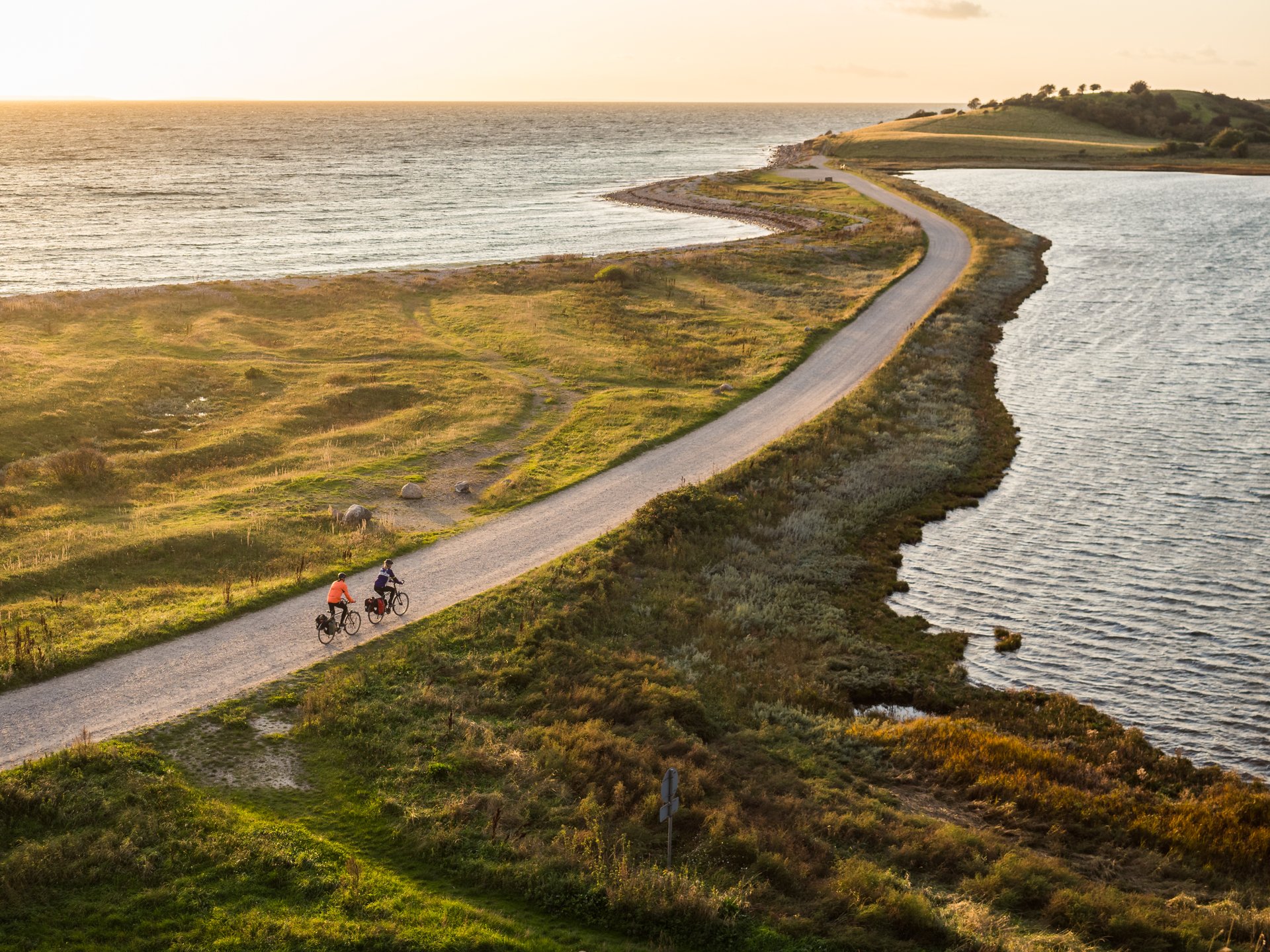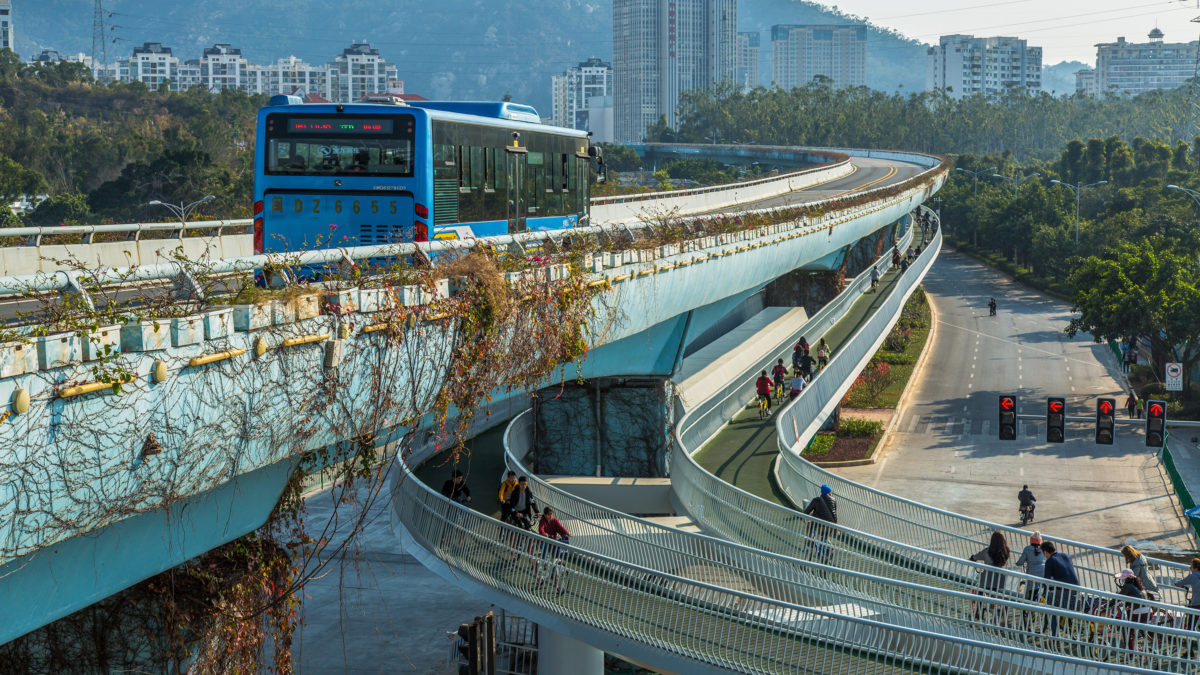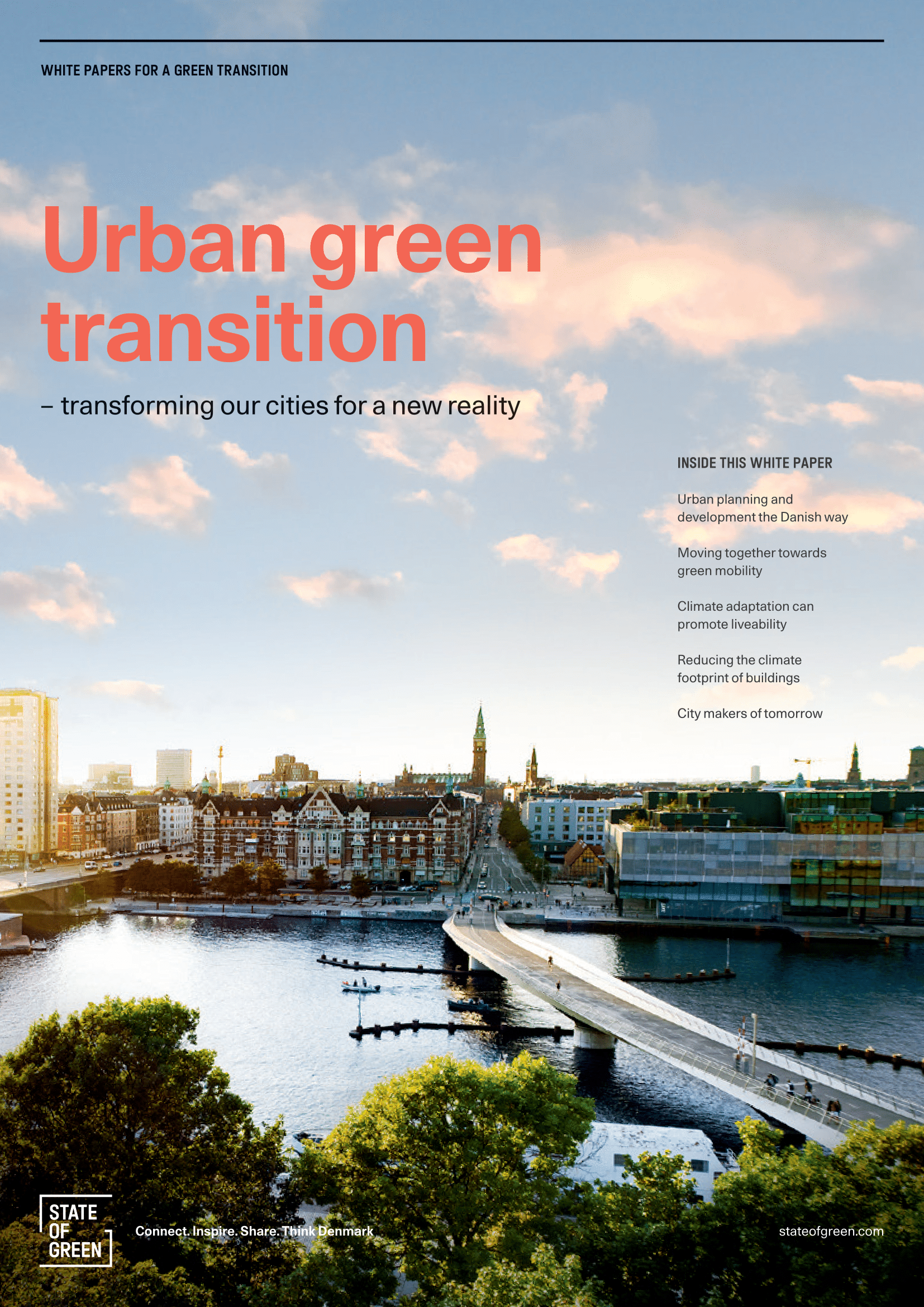News
Urban mobility
New Bicycle Track Priority Plan for Copenhagen


We want more people to cycle
Even though a great many people are already cycling, the goal of 50% of people cycling to work and studies in 2025 is still some way off. At the same time, Copenhagen is growing by approx. 1,000 citizens each month - a tendency that is expected to continue for the next 10 years. Models show that bicycle traffic will rise by 25% from 2014-2025. And during rush hour, bicycle traffic is expected to rise by up to 36%.
The Bicycle Track Priority Plan solely encompasses the bicycle track infrastructure and the initiatives are divided into the following headings:
- New bicycle tracks
- Expansion of bicycle tracks
- Crossings regulated by traffic lights
- Super bicycle tracks
- Green bicycle routes
The citizens dot the map
In order to make an effort in the places where Copenhageners and those using the city find that it is the most important, we asked all who were interested to mark an interactive map where they believed bicycle tracks were needed, where they should be wider and where the crossings are very busy. Approximately 10,000 dots were put on the map in the space of 10 days. By far, the majority of the places that the citizens point to concur with the evaluation of the municipality, but some stretches have gained different priority because of citizens’ input.
New bicycle tracks
Cyclists ‘feeling unsafe’ is a prominent argument for where new bicycle tracks should be established. The input from citizens and local groups have been a prominent source in pointing out the places where cyclists feel unsafe. Furthermore, the following criteria have been used to point out which stretches should have a bicycle track, both when it comes to increasing the feeling of safety, road safety and general accessibility on the bicycle track network:
- Expected amount of traffic in 2025
- Road type according to road hierarchy as defined by The Municipality Plan 2015
- Stretches prone to accidents
- A lack of coherence in the bicycle track network
Expansion of bicycle tracks
For this, we chose a simple method for estimating capacity; a method that the Municipality of Copenhagen has had as its starting point for the expansion of bicycle tracks over the last few years. For estimating the capacity of the bicycle network we have used the largest number of cyclists in 2015 at a particular hour of the day and in a particular direction projected with a 36% rise by 2025. These have then been compared with the width of the bicycle tracks.
Super bicycle tracks
Regional bicycle traffic routes are believed to be a focal point if we want to reach our goal of 50% cycling to work and studies in Copenhagen in 2025. Commuting trips within the borders of the Municipality of Copenhagen are already, to a large degree, taking place on bikes (56% in 2015), wherefore the largest potential for change is estimated to be on the longer trips in and out of the municipality, which to a much larger extent are done by car.
Green bicycle routes
The green bicycle route network is a calm alternative to the busy roads of Copenhagen for cyclists. The routes run separate from the other traffic in greener surroundings. What characterises the green bicycle routes is greater calm and tolerance and this is something that the elderly and families with children are asking for as they find the congestion of busy roads unsafe and unpleasant.
Carrying out the Bicycle Track Priority Plan 2017-2025
The Bicycle Track Priority Plan was decided upon in the City Council on 30th March 2017. No funds have been set aside for the plan, but the initiatives will be a part of the annual cycling reports through 2025 as a part of the budget negotiations.
You should consider reading
publications
Urban planning and development
+20















